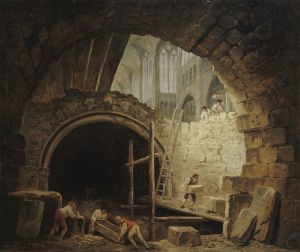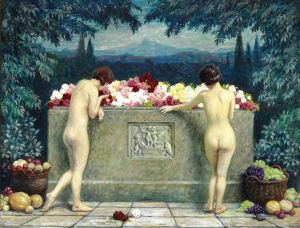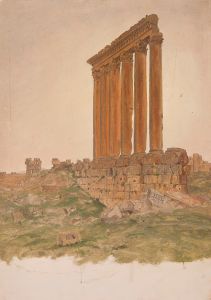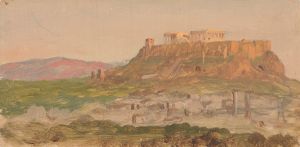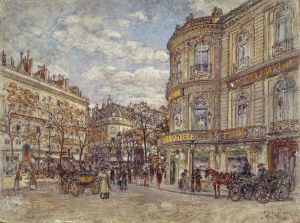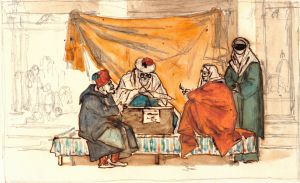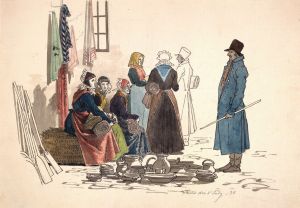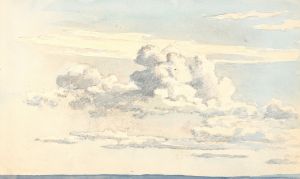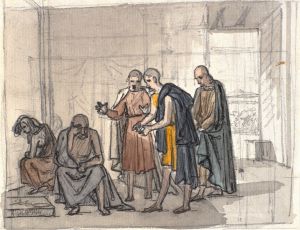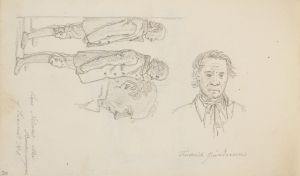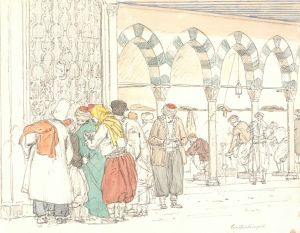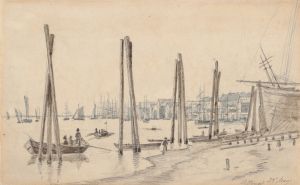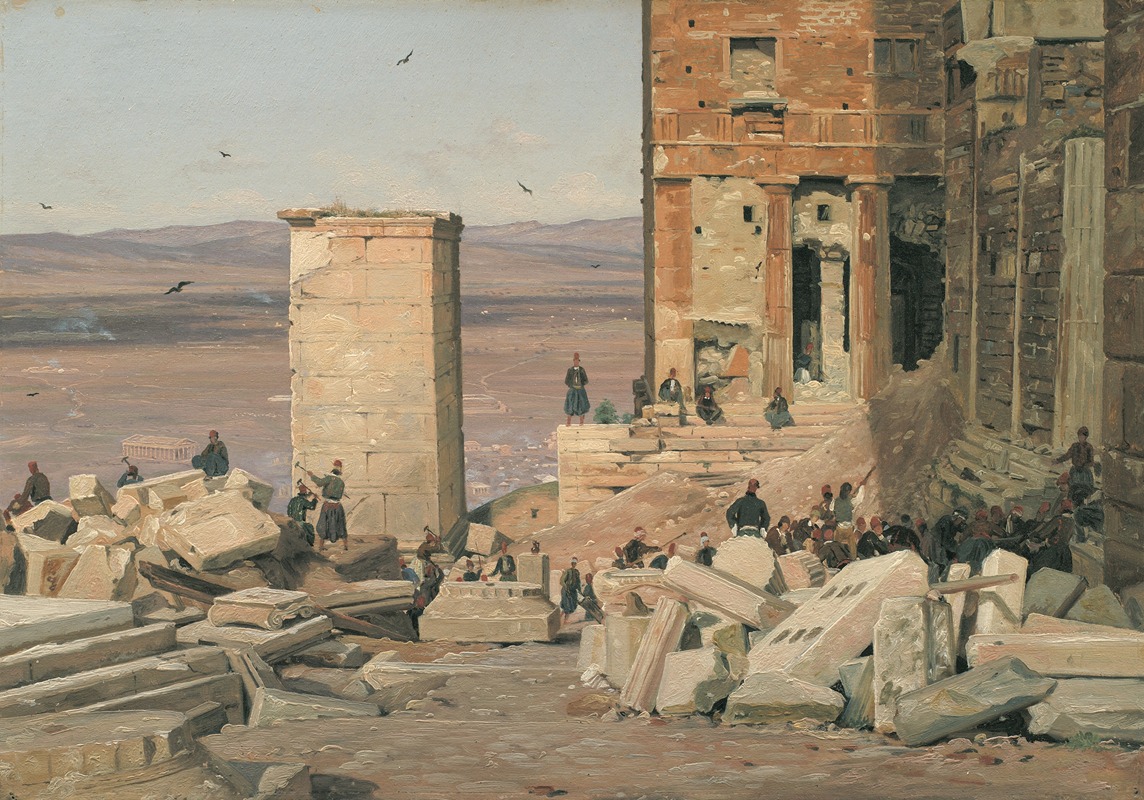
Greeks Working in the ruins of the Acropolis
A hand-painted replica of Martinus Rørbye’s masterpiece Greeks Working in the ruins of the Acropolis, meticulously crafted by professional artists to capture the true essence of the original. Each piece is created with museum-quality canvas and rare mineral pigments, carefully painted by experienced artists with delicate brushstrokes and rich, layered colors to perfectly recreate the texture of the original artwork. Unlike machine-printed reproductions, this hand-painted version brings the painting to life, infused with the artist’s emotions and skill in every stroke. Whether for personal collection or home decoration, it instantly elevates the artistic atmosphere of any space.
"Greeks Working in the Ruins of the Acropolis" is a notable painting by the Danish artist Martinus Rørbye, created in 1835. Rørbye was a prominent figure of the Danish Golden Age, a period in the first half of the 19th century known for its rich cultural and artistic achievements in Denmark. This painting is an exemplary work that reflects the artist's interest in capturing scenes of everyday life and historical architecture.
Martinus Rørbye was born in 1803 in Drammen, Norway, which was then part of Denmark. He studied at the Royal Danish Academy of Fine Arts in Copenhagen, where he was influenced by the burgeoning Romantic movement and the emphasis on national heritage and identity. Rørbye traveled extensively throughout Europe and the Mediterranean, drawing inspiration from the diverse landscapes and cultures he encountered. His travels to Greece, Italy, and Turkey were particularly influential in shaping his artistic vision.
"Greeks Working in the Ruins of the Acropolis" depicts a scene set amidst the ancient ruins of the Acropolis in Athens, Greece. The Acropolis is one of the most significant historical sites in the world, known for its ancient structures such as the Parthenon, the Erechtheion, and the Temple of Athena Nike. These structures are emblematic of classical Greek architecture and have been the subject of admiration and study for centuries.
In the painting, Rørbye captures a group of Greek laborers engaged in work among the ruins. The scene is infused with a sense of historical continuity, as the modern Greeks are shown interacting with the remnants of their ancient heritage. This juxtaposition of past and present is a common theme in Rørbye's work, reflecting the Romantic era's fascination with history and the passage of time.
Rørbye's attention to detail is evident in the careful rendering of the architectural elements and the naturalistic portrayal of the figures. The use of light and shadow in the painting enhances the texture of the stone ruins and the surrounding landscape, creating a vivid sense of place. The composition is balanced, with the figures positioned in a way that guides the viewer's eye through the scene, from the foreground to the distant horizon.
The painting is also notable for its ethnographic interest, as it provides a glimpse into the daily lives of 19th-century Greeks. Rørbye's depiction of the workers is respectful and dignified, emphasizing their connection to the land and their cultural heritage. This approach reflects the broader Romantic interest in the lives of ordinary people and the landscapes they inhabit.
"Greeks Working in the Ruins of the Acropolis" is housed in the Statens Museum for Kunst (the National Gallery of Denmark) in Copenhagen. It remains an important work within Rørbye's oeuvre and a valuable piece of cultural history, offering insights into the 19th-century European perspective on Greece and its ancient legacy. Through this painting, Rørbye not only documents a moment in time but also contributes to the ongoing dialogue between past and present, art and history.





![Ruins of the Temple of Kardeseh [Qirtâsî], Nubia.](/imgs/217536/s/david-roberts-ruins-of-the-temple-of-kardeseh-qirtasi-nubia-cb337445.jpg)
![Temple of Wady Kardassy [Qirtâsî] in Nubia.](/imgs/217550/s/david-roberts-temple-of-wady-kardassy-qirtasi-in-nubia-d2cce283.jpg)
